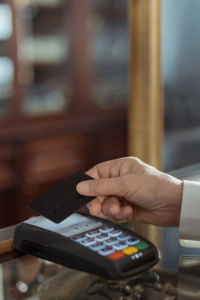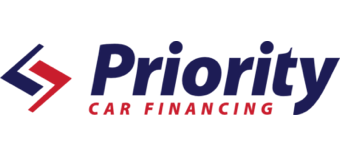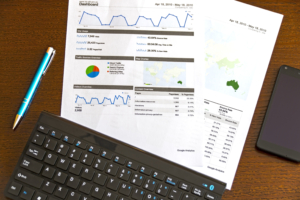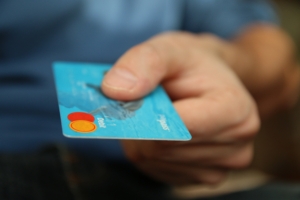How to use a credit card responsibly?
Contents
Tips when using your credit card
When you use your card, you are borrowing money that you have to pay back. It does not increase the amount of money you have available. Your credit spending should fit within your regular household budget.
If you don’t use the facility wisely, you may end up:
- building up debt
- paying interest
- hurting your credit score
Click Here if You Want to Build Your Credit – Get Your Dream Car Today!

Aim to pay off your credit card balance in full every month
The money you owe is called your balance. Try to pay it off in full by the due date each month. If you don’t pay your balance by the due date, you’ll pay interest from the date you made the purchase. The interest you pay will increase the cost of everything you buy with your credit card.
Paying your balance in full each month shows lenders that you are a responsible borrower. Regularly making late payments or missing payments entirely, will hurt your credit score.

Photo by on Pexels
Pay at least the minimum amount you owe on your credit card
If you can’t pay your balance in full, always aim to pay at least the minimum amount you owe.
If you don’t pay at least the minimum payment, you risk:
- your interest rate increasing
- negatively affecting your credit score
- losing the benefit of any promotional rate offer you have
- your financial institution cancelling your card
- your balance insurance being cancelled by your credit card provider
Regularly check your credit card statement for errors
Carefully review your monthly credit card statement to make sure that there are no errors.
When you check your statement online, purchases will usually appear after a few days. Keep receipts of all your purchases so that you can check the amounts against your statement.
If you find an error, report it right away. Contact your bank or other financial institution that issued you the credit card.
Keep your personal information confidential
Keep the following information confidential:
- your card
- the personal identification number (PIN)
- your password for online transactions
- the card security code, also known as the CVV number located on the back of the car
If you share your PIN or card security code, you may be held financially responsible for unauthorized transactions.

Photo by on Pexels
Warning signs that you’re overspending
If one or more of the situations below apply to you, you may be living beyond your means:
- your balance keeps growing
- you’re using all of your available credit
- you carry a credit card balance from month to month
- not making a payment or only making the minimum payment on your bill
- you take out cash advances with your credit card
If you often find yourself in one of these situations, do the following:
- stop using your credit card, if possible
- avoid applying for a new card because you’ve reached your credit limit on other cards
- look at your budget for ways to trim spending
- if you have to use credit, consider other less expensive credit options
You may be overspending if your balance keeps growing or you’re using all of your available credit.
Learn more about making a budget to control spending.
Consider other credit options
You should look for other ways to borrow money that cost less in interest if you’re having trouble paying off your lending facility.
Other credit options that may have lower interest rates than standard options include:
Article From: Financial Consumer Agency of Canada
Click Here if You Want to Build Your Credit – Get Your Dream Car Today!




